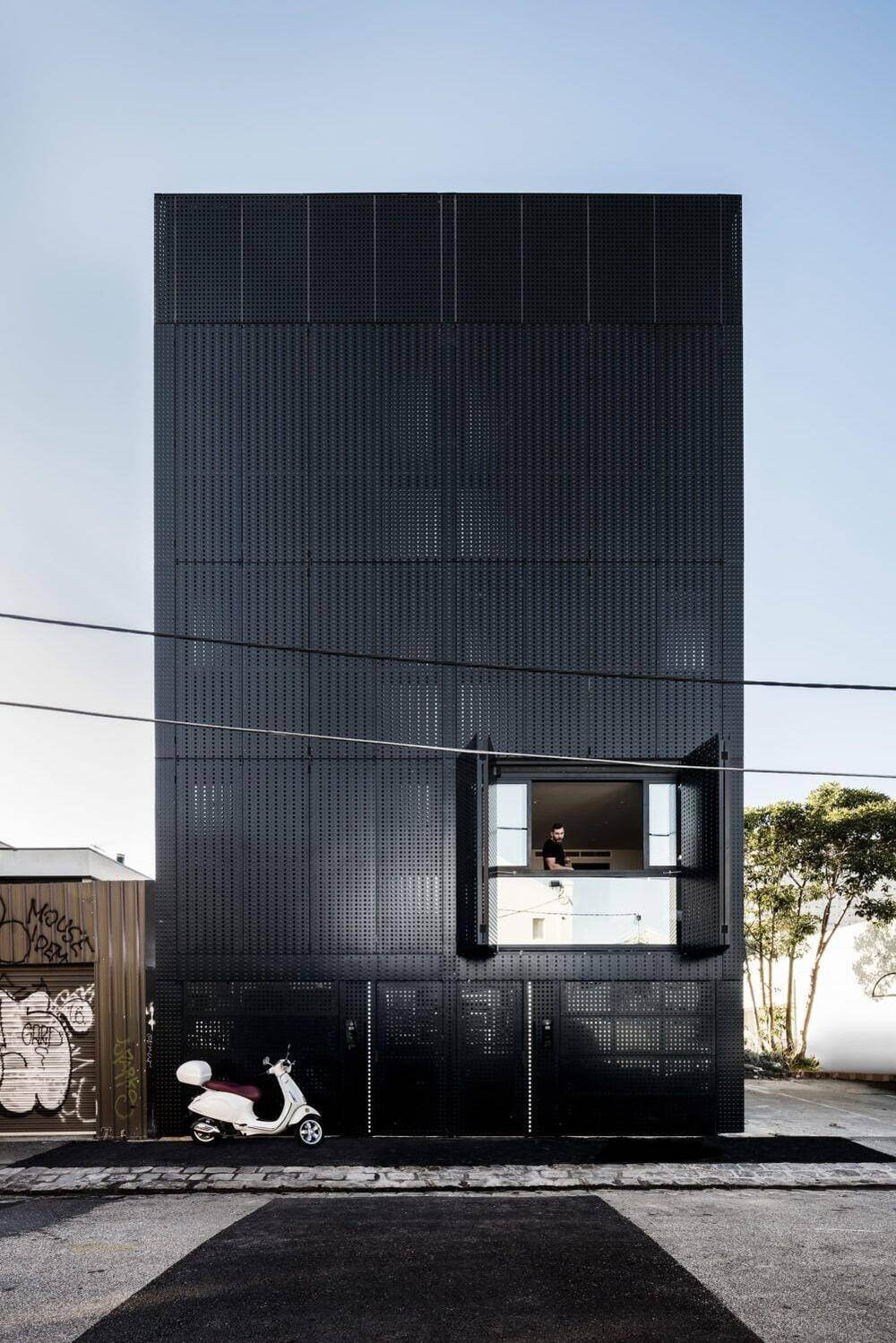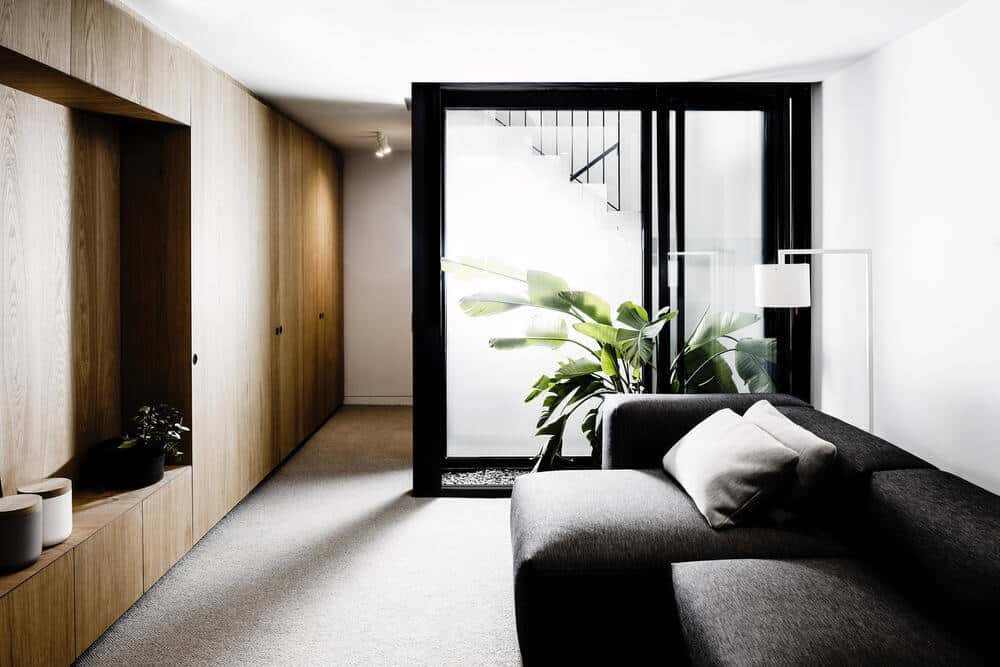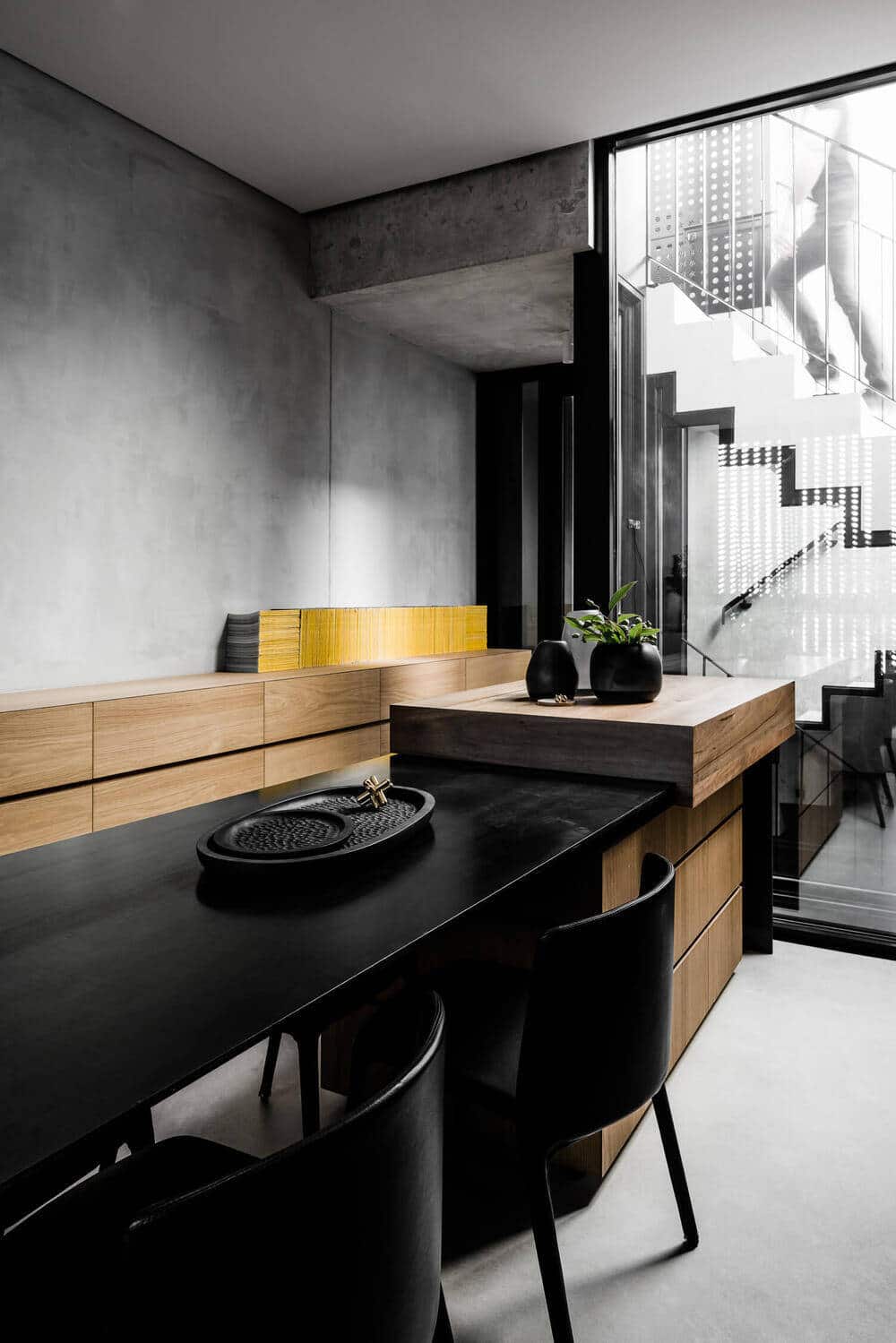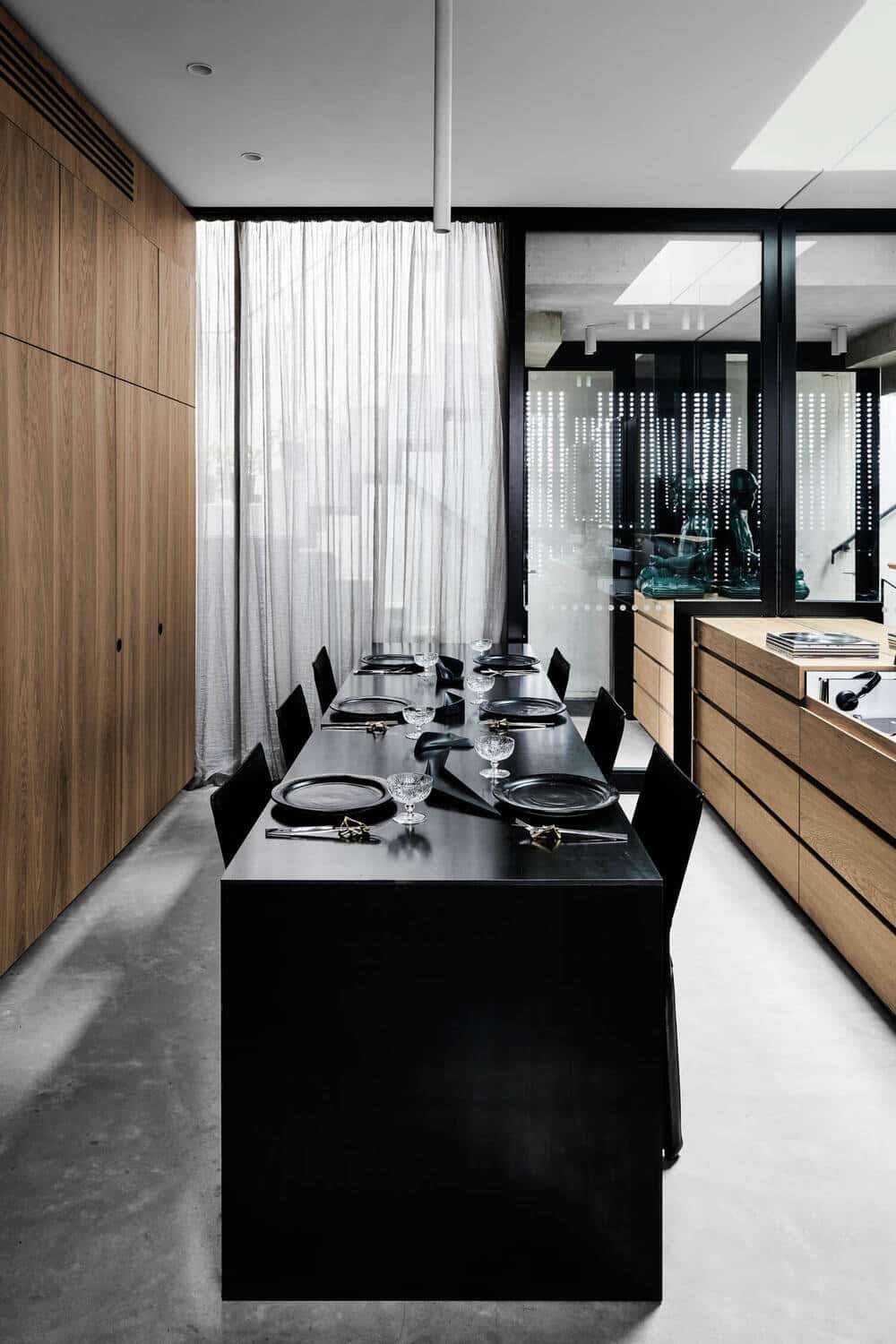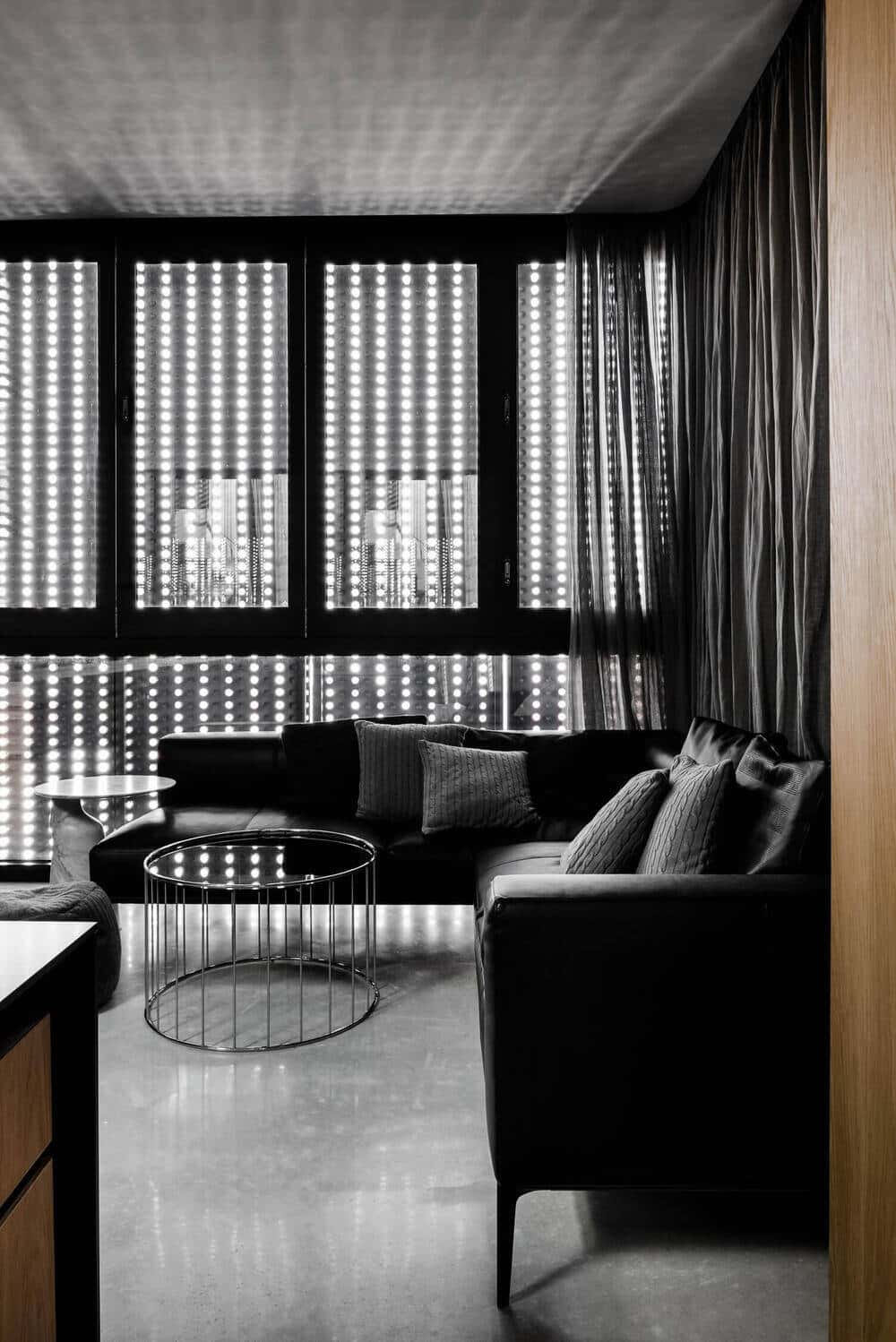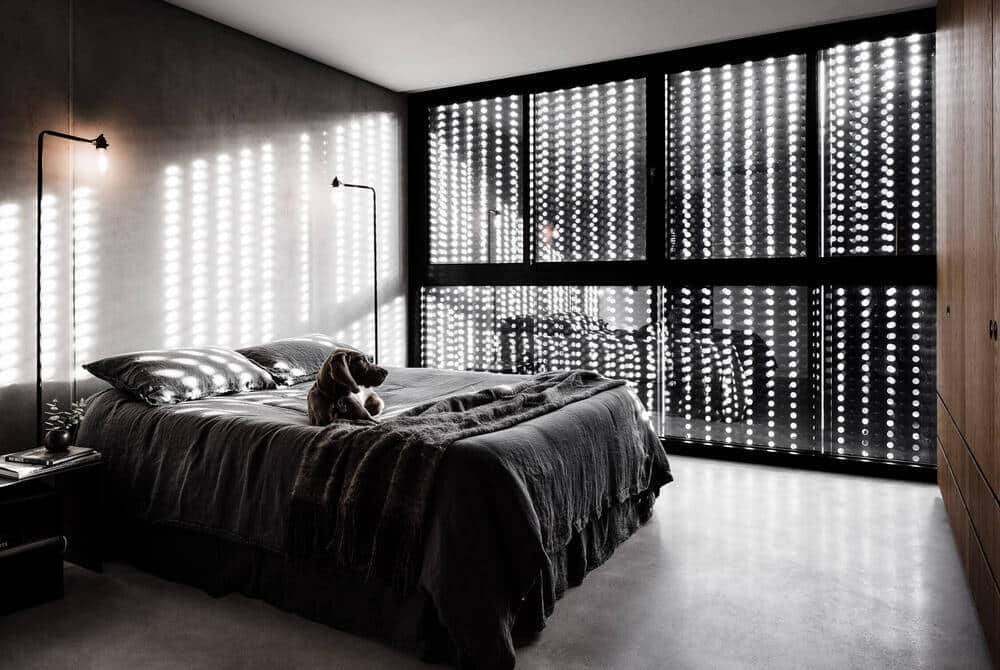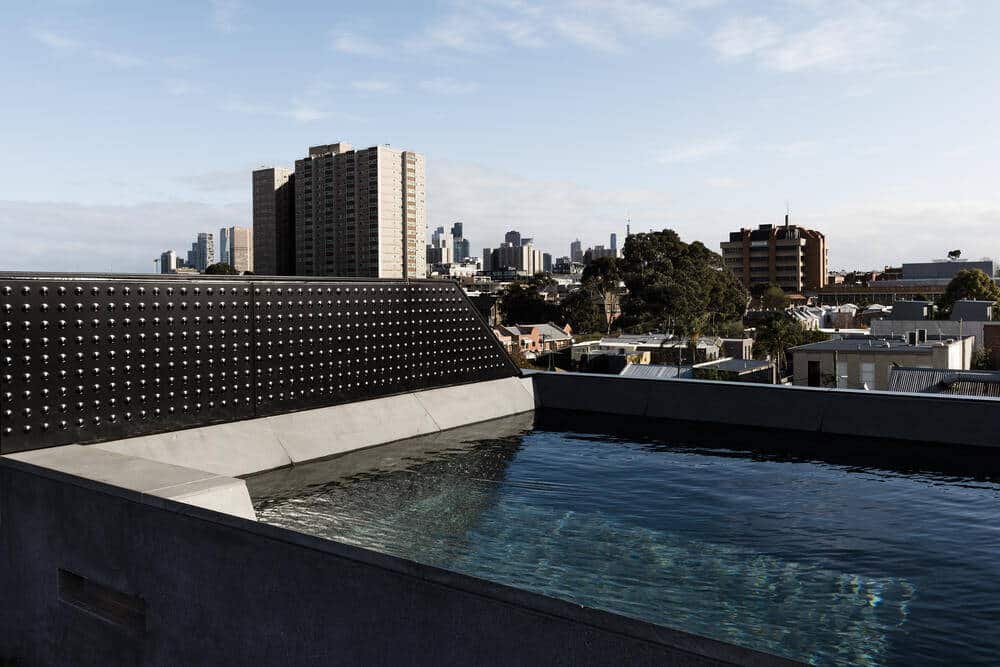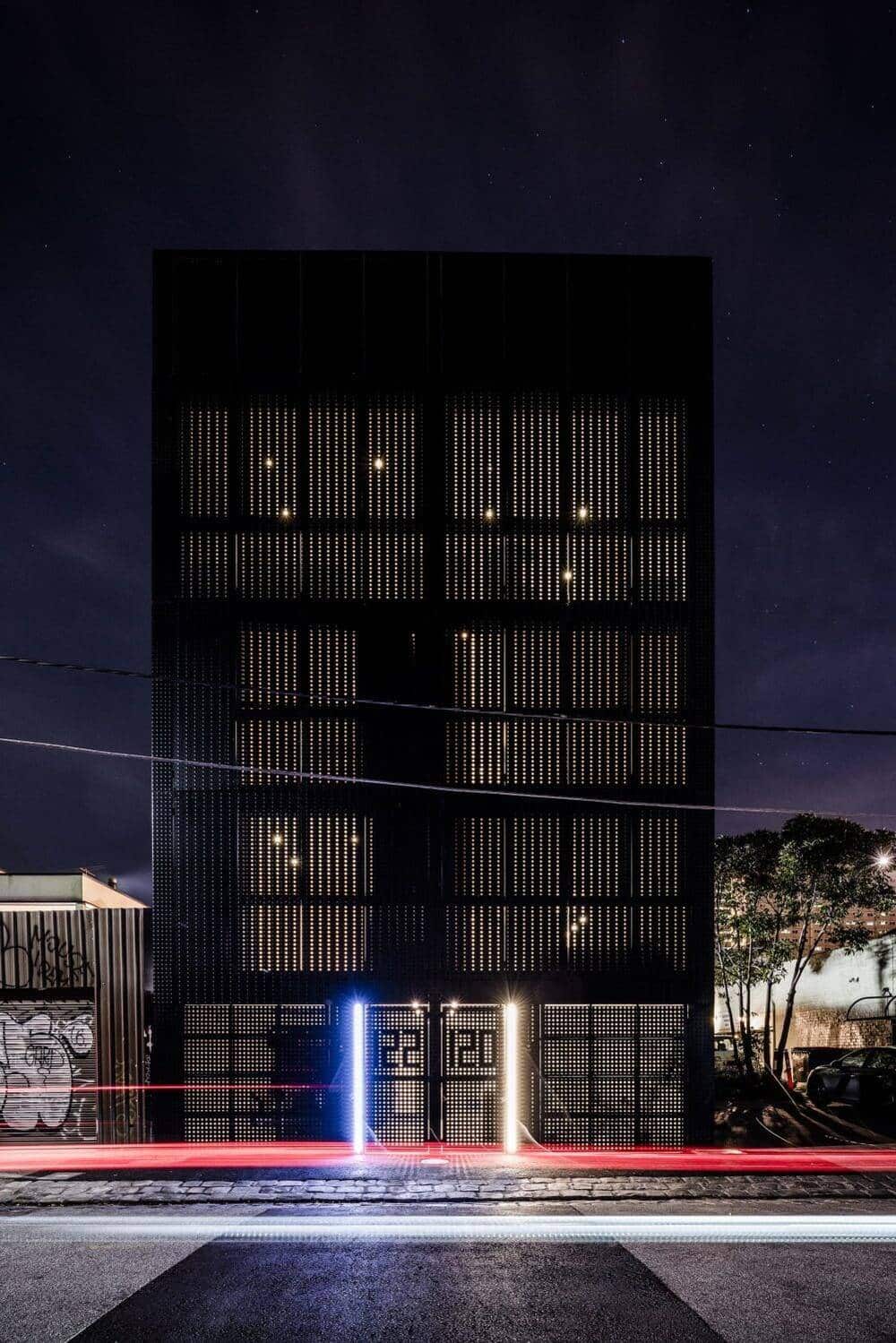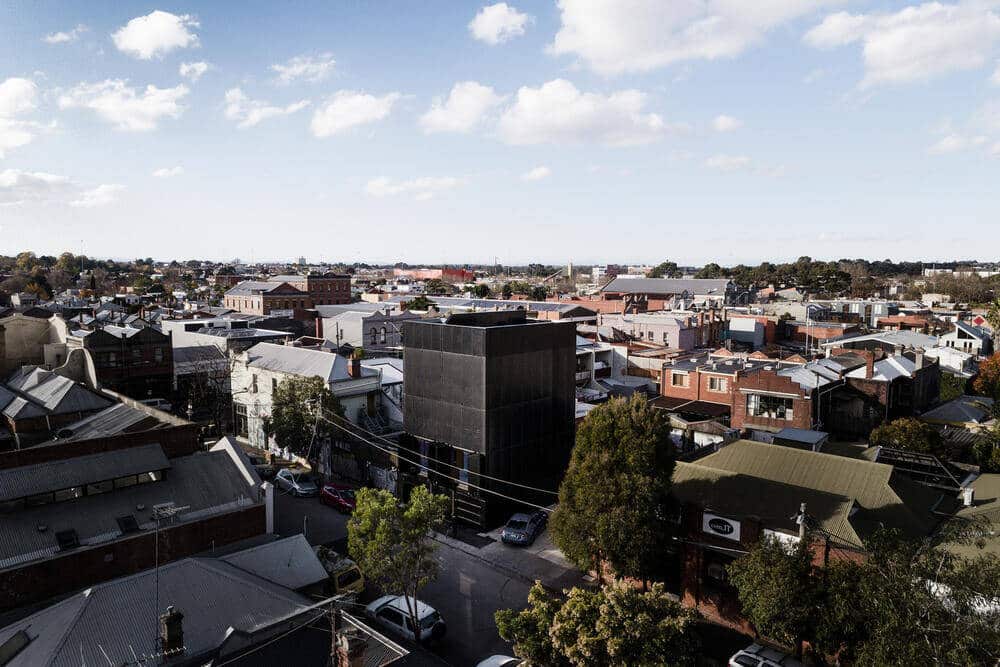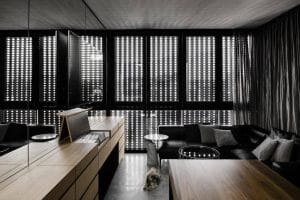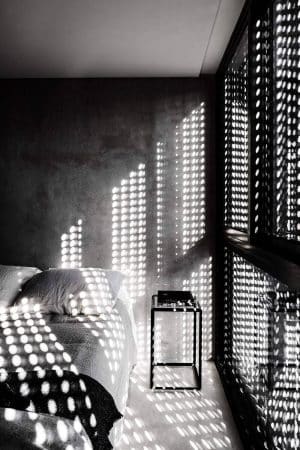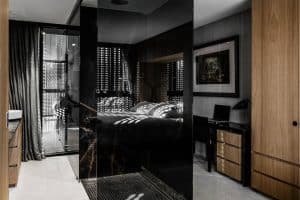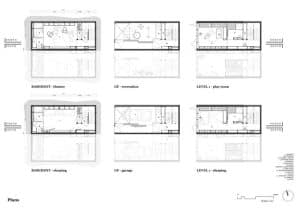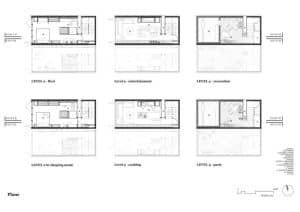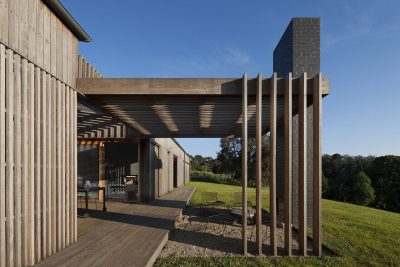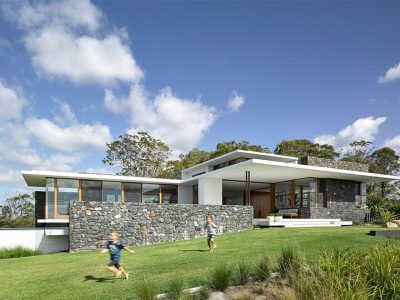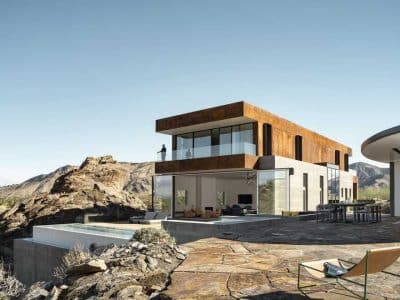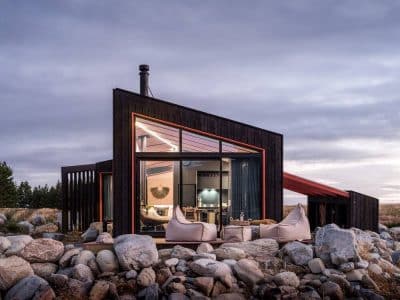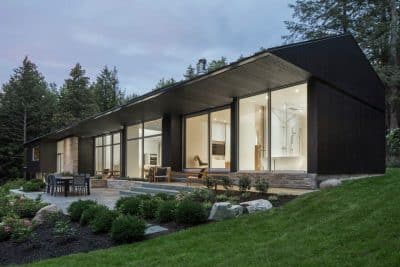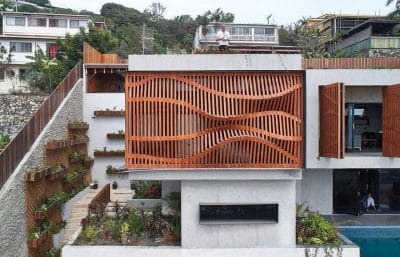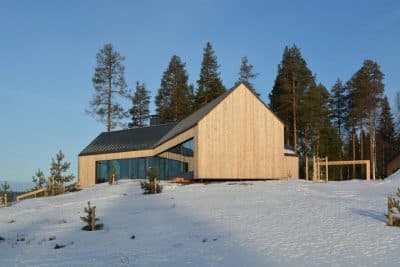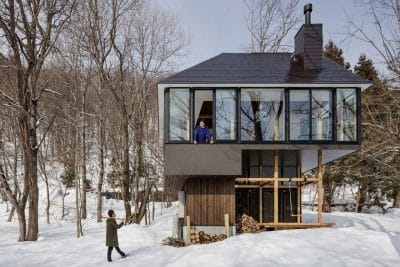Project: Campbell Street House
Architects: DKO Architecture
Collaborators: SLAB Architecture
Other Participants: Michael Drescher, Laura Saunders, Keen Tham
Client: Milieu Property
Location: Collingwood, Melbourne, Australia
Scale: 76m2
Photo Credits: Kate Ballis, Tom Blachford
Text by DKO Architecture
Campbell Street House is a study in pushing multi residential architecture and vertical living to the limits. The dwelling lot sizes are 4m in width and 9m in length, 36m2 in total per dwelling, or 72m2 total site area. A density of 140 dwellings per hectare. The average city lot size in 2016 in Melbourne was 400m2, more than 10 times the size of our site.
There are two dwellings side by side, identical in dimension but not layout. Each house aspires to provide the traditional three-bedroom housing typology squeezed, stacked and blurred. Not only were we fascinated by working with such constraints, but we were intrigued by offering solutions and alternatives to city living that are outside the conventional market offerings.
The gentrification of Collingwood has come at a cost, with many examples of middle-class values driving certain flavours and styles of development and architectural style. Whilst one can argue that Collingwood is a suburb of diversity, there is authenticity to Collingwood that is allusive and difficult to assimilate into.
The houses are located in an eclectic streetscape, of commercial warehouses and single and double storey terraces. Visually the building is dominated by a cloak of custom punctured and pressed aluminium sheets that provide a strength and boldness to the street.
The houses occupy the whole site with the only daylight access via the street elevation. To mitigate the heat load from the western sun and provide opportunities to change the internal visual experience, an operable façade is employed to this elevation.
The architecture is unrelenting in its strength, withholding any pretentiousness. We built the smallest basement in Melbourne, and sacrificed one tenth of the site employing the luxury of a lightwell stretching down the whole six stories from the roof garden to the basement.
This allows daylight deep into the site that is fully built out, also providing cross ventilation and visual relief. The lightwell furthermore becomes critical within the stair circulation experience along with the openness and detailing of stairs.
It was critical to think about how we could make use of the spaces in different formats and uses, to interrogate the process of multiple configurations – such as how could bedrooms be altered to become theatres, or how the kitchen alter and adapt to four or eight guests. We Investigated foldable elements and hidden beds that could transform space and provide flexibility.
The plans break down and merge traditional isolated programs, blending them together, to make opportunity of space constraints, challenging more conventional living arrangements. Mirrors, glass dividers, glass floors and internal windows compound and reinforce the erosion of boundaries and extend the perception of space.
Joinery elements dominate walls, though with a refined visual simplicity that allows people to live and occupy the space with everyday items and give opportunity for a calmness through the removal of visual clutter. The implementation of Campbell Street House was very much a process dreaming big on a small site.

